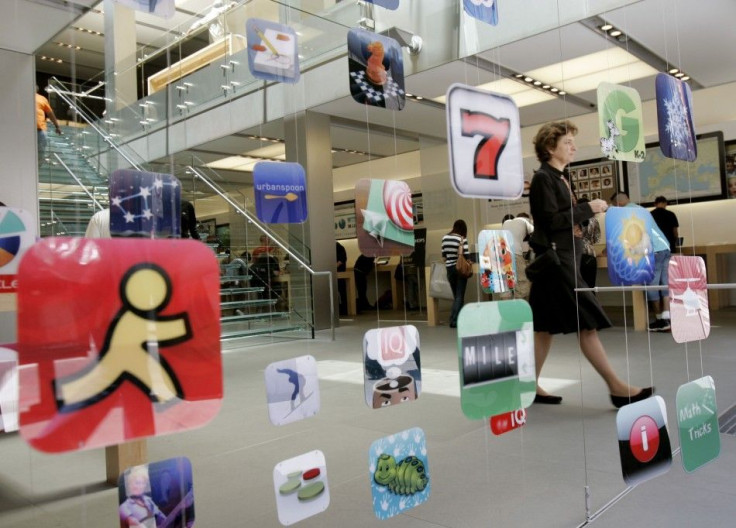Android Market Sees 'Exponential Growth' With 500K Apps: Researchers

The Android Market now has more than 500,000 apps published in September, a new report from research firm Research2guidance shows.
Great? Well, not so fast.
The Apple App Store has some 20 percent more than Android Market as its submission now stands at more than 600,000.
Nevertheless, Research2guidance points out the fast growth of Android Market, which is roughly a year younger than the App Store. A combination of a higher submission rate and lower decommission rate of apps has propelled Android app growth. Though the Android Market has been lagging behind Apple App Store, researchers said that Android Market has been experiencing exponential growth over the past few months. They noted that in the third quarter of 2011, the number of active mobile applications in the Android Market was about 319,161, while Apple App Store had 459,589.
In September alone, the Android Market gained 42,000 applications -- a new record.
More than 37 percent of the applications published were later removed from the Android Market for various reasons, researchers said, noting that the Apple App Store has removed about 24 percent of published apps in comparison as of the end of September. Additionally, more than 78 percent of the apps removed from the Android Market were free.
Researchers said this could mean that publishers put more effort into the applications they place with the pay-per-download business model and therefore, ensure that it is kept longer in the store.
Although Apple is known to regularly clean up its store from inappropriate or outdated content, its active application share still exceeds that of Android, according to the research. It is likely that the more rigid application submission requirements prevent developers from publishing multiple trial or low quality applications whereas publishers in the Android Market place a lot of market testing, trials, demo and malware content.
Apps are pulled for many reasons, including when a developer stops supporting it or it is found to be defective or not compatible with the latest OS version.
Research2guidance once forecast in May that the Android Market would surpass the Apple App Store in size by August of this year. Although that hasn't been the case, Android is making big strides.
Android developers are significantly more productive than Apple's, said Research2guidance. We've noticed that the average publisher on Android has placed more than six applications in the Market since launch, compared to just over four apps on average that have been published by iOS developers.
Apple is known to have a more demanding set of application submission requirements than Android, Egle Mikalajunaite, Research2guidance analyst, wrote. Its process of reviewing, approving, and denying apps, however, has been an integral part of maintaining its success.
It is likely that the more rigid application submission requirements [at Apple] prevent developers from publishing multiple trial or low quality applications, whereas publishers in the Android Marketplace a lot of market testing, trials, demo and malware content, he noted.
Most developers have been picking Apple's iOS platform for publishing paid apps since it launched in 2008 because right now, it gives them the best chances of earning them some income. But, with Android's reduction in free apps and the rise of more apps being developed, that may soon change.
© Copyright IBTimes 2024. All rights reserved.











